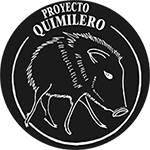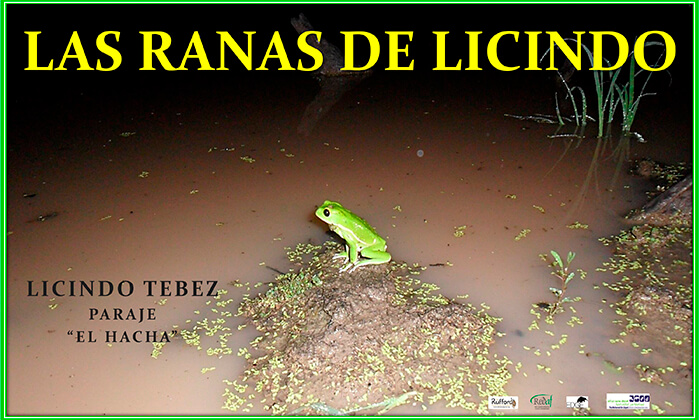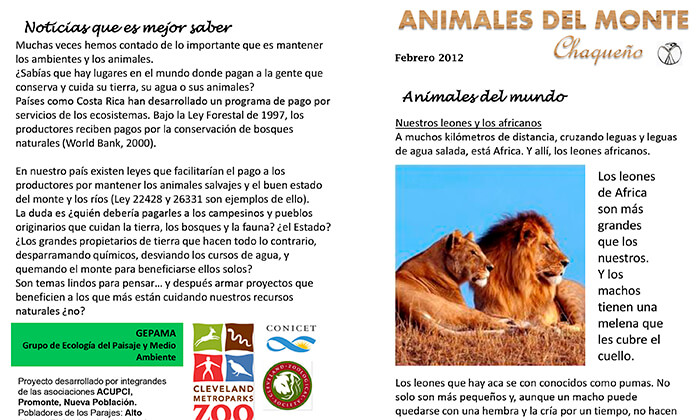
22 Aug Lines of Work
Scientific research lines
Quimilero Project is working on different lines of scientific research. These research areas are interconnected and can also be distinguished as follows:
- Ecology and habitat selection
Studies are being conducted on the ecology and habitat selection of the quimilero and other species in the South American Gran Chaco. In these studies, researchers analyze the natural environments that different species prefer, while evaluating the natural and anthropic factors that could influence this selection. Additionally, the effects of other species on the habitat selection of the quimilero and other ungulates (sympatry/competition) are also being evaluated. Furthermore, camera trap data are utilized to examine the impact of natural and anthropic factors from various locations on the activity patterns of the quimilero and other species. Finally, as part of this research line, the Quimilero Project also focuses on landscape ecology, specifically analyzing habitat availability and connectivity (both structural and functional) for the ungulates of the South American Gran Chaco.
- Local knowledge
Since the work area is inhabited by different individuals who have been residing in this territory for many years and across generations, the Quimilero Project aims to learn from their knowledge concerning the quimilero and other wildlife species, as well as the habitats of these species. The local people are not the subjects of the study; rather, the focus of the work is to comprehend their perspectives, knowledge, potential, and needs. This understanding guides our research towards the conservation of biodiversity while simultaneously benefiting the local communities that have traditionally inhabited these ecosystems. This research line also includes the exploration of various participatory approaches and processes to foster effective tools and spaces for interaction between scientists, technicians, and local residents.
- Clearing, fauna and actions
Given the rapid pace at which the forests of the Chaco ecoregion are disappearing, one research branch of the Quimilero Project focuses on assessing the impact of deforestation on wildlife, as well as the effects of various conservation and management measures. Consequently, there is ongoing research aimed at evaluating different indicators of conservation action success, ranging from the establishment of protected areas to community empowerment and citizen participation, among others. These studies employ both social and biological indicators, enabling a comprehensive examination of the outcomes associated with each conservation, management, or development initiative implemented in the region.
EXCHANGE OF KNOWLEDGE (“EDUCATION”)
“Exchange of knowledge” is the equivalent of what is often referred to as “environmental education” in other fields. However, the Quimilero Project does not employ the term “environmental education” because, in addition to imparting knowledge, the group seeks to listen, learn, and incorporate local knowledge. Local knowledge and practices, often rooted in ancestral wisdom, play a crucial role in fostering a harmonious and sustainable coexistence with nature in this and other regions.
The exchange activities are carried out with children, adolescents, youth, and adults who reside in the forests and other natural ecosystems of the Dry Chaco. These activities are directly conducted with local residents and, on other occasions, with teachers working in schools within the area.
To date, the Quimilero Project has engaged with over 300 rural schools, as well as youth groups, and has organized public events in towns and cities situated in the Chaco forests. The activities encompass artistic, sports, recreational, and literacy-oriented endeavors. Some are led by professionals or technicians, while others involve local residents who are part of the Quimilero Project. The engagement of local people for local people allows for a unique approach, rooted in their own languages and experiences.
DIDACTIC, PLAYFUL, EDUCATIONAL MATERIAL
Part of the Quimilero Project’s work focuses on creating educational, informative, and recreational materials related to the quimilero, its habitat, and the biological and cultural diversity of the region. These materials are designed for educators and non-educators, including children, youth, and adults living in the natural ecosystems of the Gran Chaco. Many of these materials are developed by local individuals specifically for the local community.
Examples of these materials include “Licindo Frogs” and “Revistita del Monte.”
Visibility actions
The residents of towns, cities, and communities in the Gran Chaco often lack awareness of the biological and cultural wealth that surrounds them. It has become part of their everyday life, almost taken for granted. Furthermore, this wealth has been devalued by those in positions of power, who dismiss traditional medicine as something “for the poor” or view traditional hunting practices, which involve shamanic traditions, as “primitive.” These external devaluations often prevent local people from recognizing and appreciating the wonder of their own heritage.
Additionally, the inhabitants of these areas are often unaware that they reside in one of the most endangered regions on the planet. While they may witness trucks and bulldozers moving around, they may not fully comprehend that the remaining forests are among the last of their kind in the world. There is limited understanding of the global and regional environmental and climate crisis.
Therefore, the Quimilero Project aims to highlight the value of the biological and cultural wealth of the Chaco region and raise awareness about the global environmental threats that scientists worldwide have been warning about. Moreover, the project seeks to propose locally viable development alternatives.
Activities undertaken to achieve these objectives include music festivals, art workshops, discussions, murals, radio programs, and collaborations with other working groups within and outside the region.
Strengthening
Showing local people the value of their knowledge, territories, and resources helps to empower them as individuals and communities. Knowledge exchanges also serve as strengthening activities. Furthermore, the Quimilero Project aims to contribute to local development by facilitating the implementation of sustainable production initiatives in the region, with the goal of reducing environmental degradation and habitat loss.






No Comments